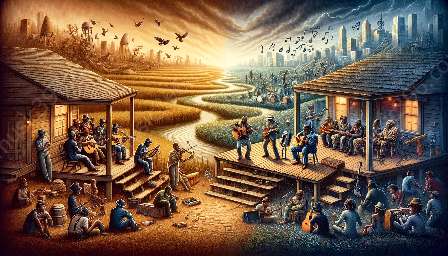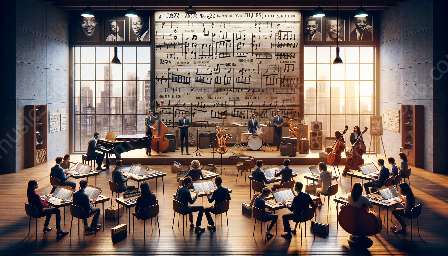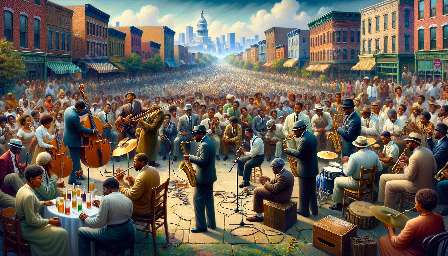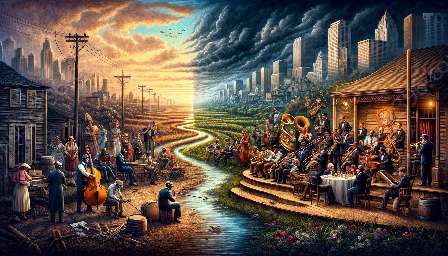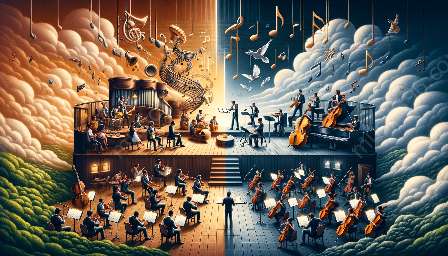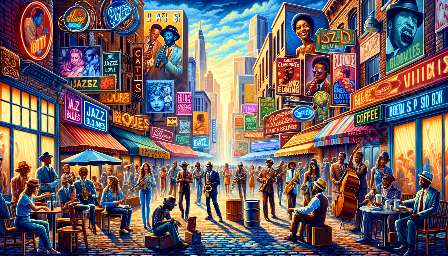The evolution of jazz and blues music over the centuries has been greatly influenced by technological innovations in recording and production. These innovations have not only revolutionized the way music is made and heard but have also significantly shaped the sound, style, and impact of jazz and blues music. This article will explore the key technological advancements that have played a pivotal role in the development of jazz and blues, from the early days to the modern era.
Early Innovations
Phonograph and Gramophone: The invention of the phonograph and gramophone in the late 19th century revolutionized music recording. These early devices allowed for the first time the reproduction of sound, enabling musicians to reach larger audiences and preserve their performances for posterity. This innovation laid the groundwork for the future of recording and production in jazz and blues music.
Improvements in Microphones and Amplification: In the early 20th century, advancements in microphone technology and amplification systems allowed for a more sophisticated and clear recording of jazz and blues performances. This enabled musicians to experiment with different soundscapes and techniques, expanding the sonic possibilities of their music.
Mid-20th Century Innovations
Multi-Track Recording: One of the most significant innovations in music recording was the development of multi-track recording in the mid-20th century. This technology allowed for the separate recording of different instruments and voices on individual tracks, giving producers greater control over the mixing and editing process. Multi-track recording profoundly impacted the production of jazz and blues music, enabling artists to layer and experiment with their compositions in unprecedented ways.
Analog Tape Recording: The widespread adoption of analog tape recording further transformed the recording and production of jazz and blues music during this period. The warmth and character of analog tape helped define the sound of many classic jazz and blues recordings, contributing to the rich and timeless quality of the music.
Modern Innovations and Digital Revolution
Digital Audio Workstations (DAWs): The advent of digital audio workstations revolutionized the recording and production process, offering artists unparalleled flexibility and control over their music. DAWs allowed for easy editing, manipulation, and arrangement of sound, opening up new creative possibilities for jazz and blues musicians.
Virtual Instruments and Sampling: Virtual instruments and sampling technology have also had a profound impact on jazz and blues music production. Musicians can now access a wide array of realistic instrument sounds and create intricate compositions using sampled audio, adding depth and complexity to their recordings.
Impact on the Evolution of Jazz and Blues Music
The technological innovations in recording and production have profoundly shaped the evolution of jazz and blues music over the centuries. They have democratized the creation and distribution of music, allowing a wider range of artists to record and share their work with global audiences. The ability to experiment with different sounds, layering techniques, and editing processes has expanded the sonic palette of jazz and blues, leading to the emergence of new sub-genres and styles.
Furthermore, the accessibility of recording technology has empowered musicians to capture the raw energy and emotion of their live performances, preserving the spontaneity and authenticity of jazz and blues music. As a result, the impact of these technological innovations extends beyond the technical aspects of recording and production, influencing the very essence and character of jazz and blues music.
Conclusion
In conclusion, the recording and production of jazz and blues music have been significantly shaped by a series of technological innovations from the early days of phonographs to the modern digital era. These innovations have not only transformed the way music is created and captured but have also left a lasting imprint on the evolution of jazz and blues music, contributing to their rich and diverse heritage.


